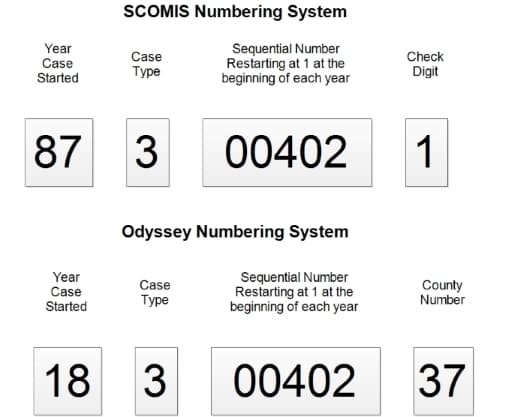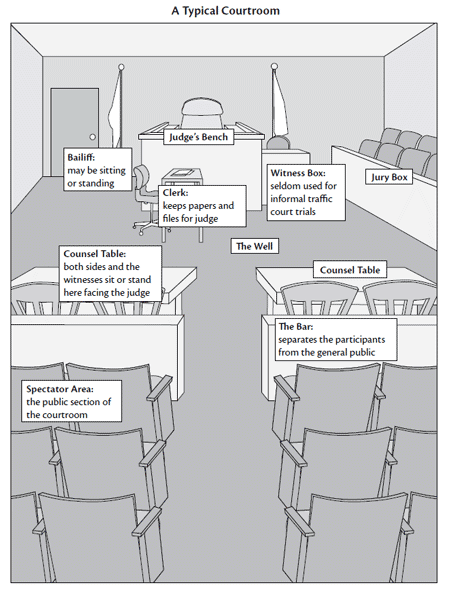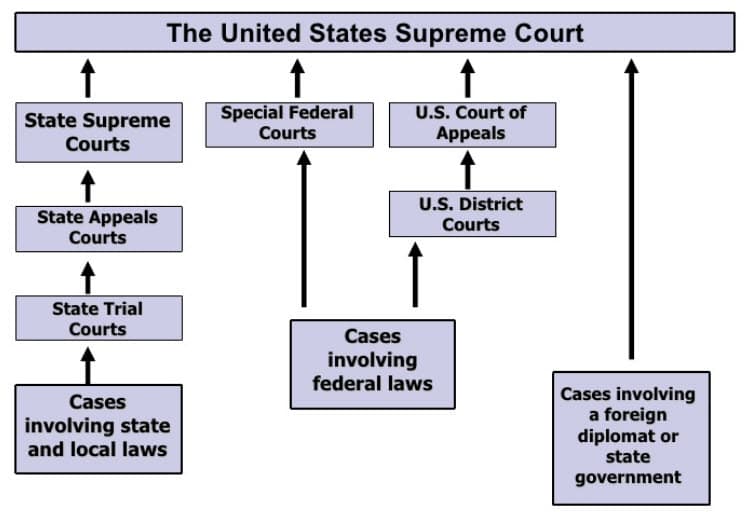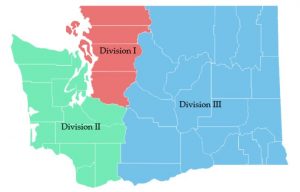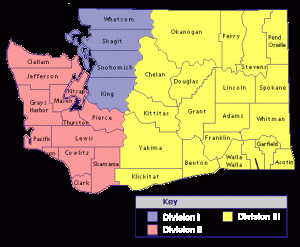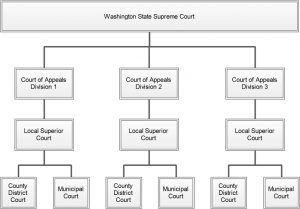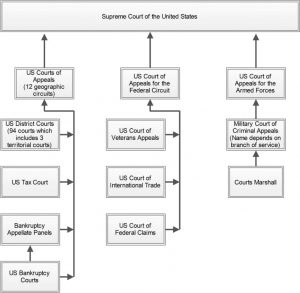A real human being, as distinguished from a corporation, which is often treated at law as a fictitious person.
District and Municipal Court Case Number Format:
Case numbers assigned by courts of limited jurisdiction (district and municipal courts) are determined by each court. Such case numbers may consist of all numbers, numbers and letters, or even include other characters such as a dash (-). Although certain courts may attach specific meaning to the case numbers used by their court (such as court branch, type of case, year filed, etc.), these case numbers have no particular meaning to others outside of the court. If you want to know the meaning of a certain district or municipal court’s case number format, contact the court.
Superior Courts – SCOMIS System
The first two digits of the case number are used to indicate the year the case was filed. The third digit is used to designate the case type. The next series of digits is the actual sequential number of the case beginning from 00001 in the current year. The last digit of the case number is called a check digit and is used by the computer to verify the correctness of the previous digits.
Example: Case number 93 1 00042 7 shows that the case was the 42nd criminal case filed in 1993. The check-digit is seven.
Example: Case number 14 3 00108 6 shows that the case was the 108th domestic case filed in 2014.
Unfortunately this system resulted in duplicate numbers from one county to another across the state. This wasn’t a problem so long as you knew in which county to search.
Superior Courts – Odyssey System
For superior courts who have implemented the Odyssey case management system, the new format is similar to the old format; the only difference is the county number is now at the end where the check digit used to be located.
For example: Lewis County is S21 in JIS/SCOMIS. All of their cases will now end in 21 instead of the check digit that traditionally came at the end of the case numbers. The case number 15-1-80304-7 in JIS/SCOMIS would look like 15-1-80304-21 in Odyssey.
This system eliminates the possibility of duplicate case numbers anywhere in the state.
